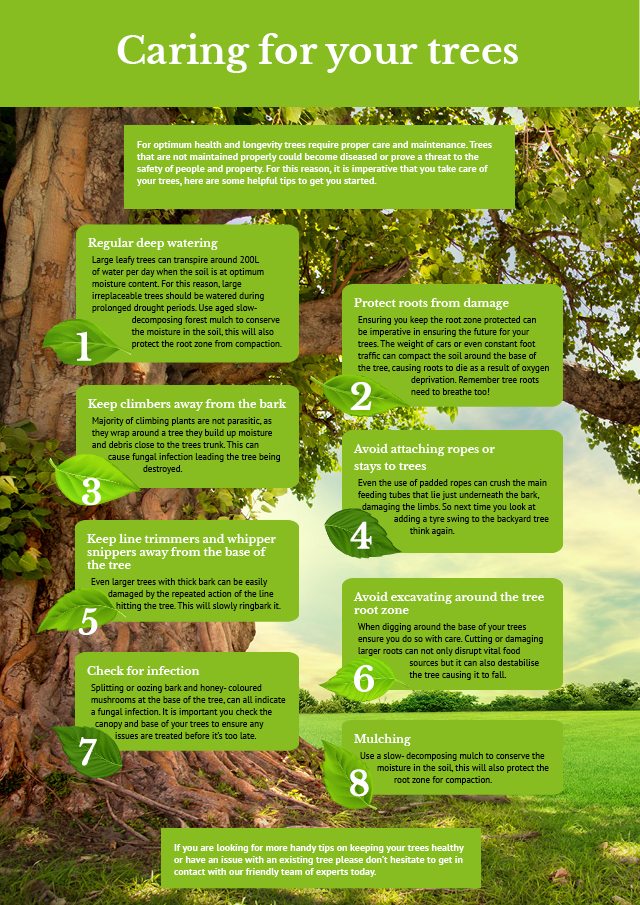Recognize Essential Signals That May Recommend Your Tree Is Unsafe; Understanding These Can Help Guarantee The Safety And Security Of Your Residential Property And Enjoyed Ones.What Should You Observe Next?
Recognize Essential Signals That May Recommend Your Tree Is Unsafe; Understanding These Can Help Guarantee The Safety And Security Of Your Residential Property And Enjoyed Ones.What Should You Observe Next?
Blog Article
Created By-Velling Hubbard
When it concerns tree care, recognizing the indicators that it's time for removal is essential for your security and property. You may observe discolored fallen leaves, wilting branches, or strange fungal developments suggesting illness. Architectural issues, like a substantial lean or fractures in the trunk, can likewise position dangers. Comprehending these warning signs can aid you make notified decisions about your trees and protect against potential risks lurking in your lawn. What should you seek following?
Signs of Decay and Illness
When you see signs of decay and disease in your trees, it's crucial to act swiftly. Try to find tarnished leaves, wilting branches, or uncommon growths like fungus. These can suggest that your tree is battling.
If you see splits in the bark or soft, mushy timber, these symptoms suggest interior decay. In addition, an unexpected boost in pests around your tree can signal that it's damaged and prone.
Look for any type of dead or passing away limbs, as they pose a risk to your residential property and safety and security. If you're uncertain about what you see, seeking advice from an arborist can offer quality.
Resolving these signs early can save you from more extensive damages and guarantee the health and wellness of your backyard. Do not wait up until it's too late.
Structural Instability and Leaning
As you observe your trees, watch out for any type of signs of structural instability or leaning. If a tree leans significantly, it might indicate that the origin system is jeopardized.
Try to find https://www.tiktok.com/@precisiontimberfe in the trunk or soil around the base; these can signal potential failure. In addition, check for uncommon growth patterns, like a lopsided crown, which might suggest that the tree is having a hard time to hold itself upright.
If you observe that the tree leans toward your home, high-voltage line, or other frameworks, it poses a better risk. https://agnetwest.com/landscaping-ideas-to-maximize-curb-appeal/ ignore these indicators-- speak with an arborist to examine the scenario.
Doing something about it early can avoid expensive damage and ensure your safety.
Dead or Perishing Branches and Vegetation
If you observe dead or dying branches and foliage on your tree, it's a clear indication that something's wrong.
These undesirable areas can show underlying concerns like illness, pest problems, or environmental anxiety. When branches lose their leaves or turn brownish, they're no more contributing to the tree's health. Overlooking these indicators can lead to more decline, making your tree much more harmful.
Dead branches can easily break short during storms, posturing a danger to home and individuals nearby. It's essential to examine the level of the damage.
If the issue impacts a significant part of the tree, think about seeking advice from an expert. They can assist identify if removal is required to guarantee security and keep the beauty of your landscape.
Verdict
If you see any type of indications of degeneration, structural instability, or dead branches on your trees, do not overlook them. These indications can pose major safety and security risks to you and your residential property. It's constantly best to get in touch with an expert arborist that can offer an expert analysis of your trees. Taking action early can avoid mishaps and costly damages, ensuring your landscape continues to be secure and healthy. Remember, it's far better to be proactive about tree treatment than to wait for a disaster to take place.
